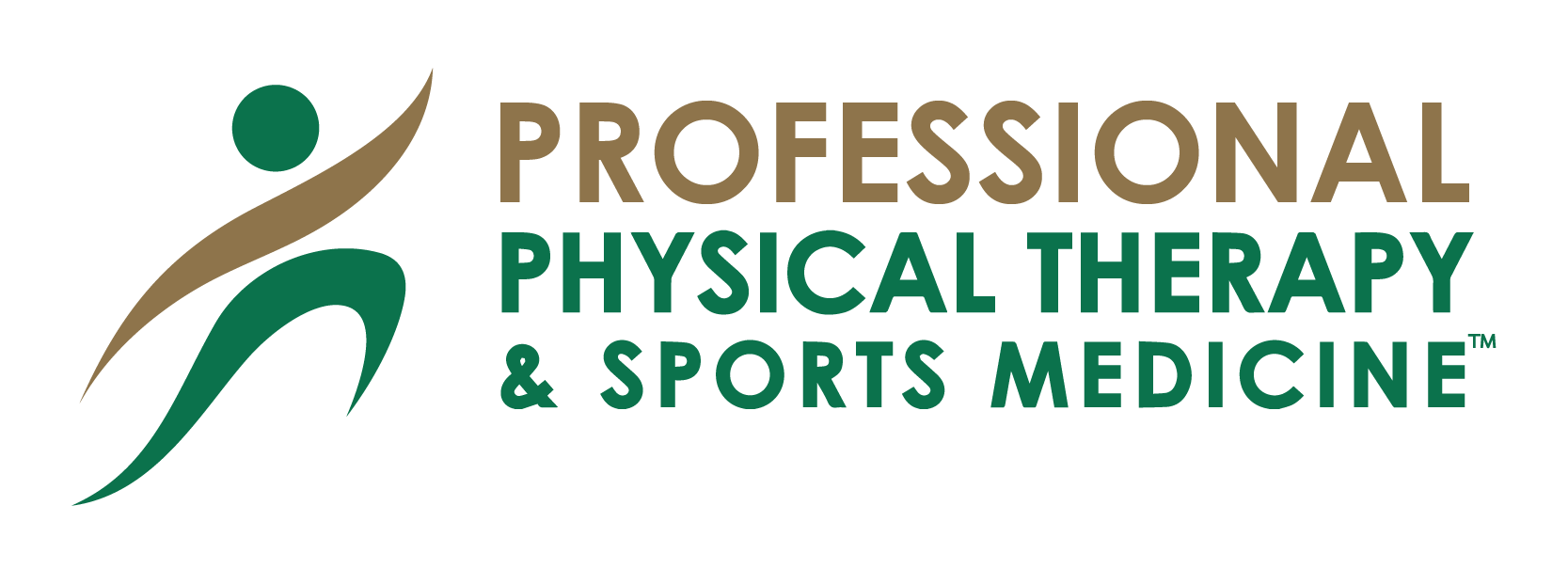With Balance Disorders and Fall Risk
What Are the Symptoms of a Balance Disorder?
If you have a balance disorder, you may stagger when you try to walk, or teeter or fall when you try to stand up. You might experience other symptoms such as:
-
- Dizziness or vertigo (a spinning sensation)
- Falling or feeling as if you are going to fall
- Lightheadedness, faintness, or a floating sensation
- Blurred vision
- Confusion or disorientation.
Other symptoms might include nausea and vomiting, changes in heart rate and blood pressure, and fear, anxiety, or panic.
Symptoms may come and go over short time periods or last for a long time, and can lead to fatigue and depression.

What Causes Balance Disorders?
There are many causes of balance problems, such as medications, ear infections, a head injury, or anything else that affects the inner ear or brain. Low blood pressure can lead to dizziness when you stand up too quickly. Problems that affect the skeletal or visual systems, such as arthritis or eye muscle imbalance, can also cause balance disorders. Your risk of having balance problems increases as you get older.
Unfortunately, many balance disorders start suddenly and with no obvious cause.
Our Specialty
Common Diagnoses We Work With Include:
- Central Nervous System Disorders
- Neuropathy
- Age-Related Balance Dysfunction
- Oculomotor (Visual) Dysfunction
- Benign Paroxysmal Positional Vertigo (BPPV)
- Labyrinthitis
- Ménière’s Disease
- Vestibular Neuronitis
- Muscle Atrophy
- Nerve Injuries
Treatment for Balance Disorders
There are more than a dozen causes of dizziness and many reasons why you might have difficulty with your balance.
Treatment of balance & dizziness disorders can be very complex. Nevertheless, we have helped numerous residents in the community cope with or recover from conditions that cause balance disorders.
The first thing your doctor will do if you have a balance problem is determine if another health condition or a medication is to blame. If so, your doctor will treat the condition, suggest a different medication, or in many cases, refer you to one of our balance disorder experts here at Professional Physical Therapy & Sports Medicine®.
How Our Physical Therapists Can Help
Physical therapist directed treatment can assist patients with balance disorders in a number of ways. As experts in the evaluation and treatment of movement, muscle, joint, and nervous system disorders, our physical therapists can prescribe and implement a variety of treatments including:
- Coordination Exercises
- Proprioception Exercises
- Strengthening Exercises
- Stretching and Range of Motion Exercises
- Posture Exercises
- Retraining of the Inner Ear
- Visual Tracking Training
Education is Therapy
The most important part of treating a balance disorder is understanding your diagnosis, the cause of the problem, and how to manage it. That’s why we place great emphasis on patient education and coordination of care with your referring physician.
Three Additional and Important Treatment Options:
Reduce Fall Risk
Your physical therapist will assess problem footwear and hazards in your home that increase your risk of balance problems or falling. Household hazards include loose rugs, poor lighting, unrestrained pets, or other possible obstacles.
Reduce Fear of Falling
By addressing specific problems that are found during the examination, your physical therapist will help you regain confidence in your balance and your ability to move freely, and perform daily activities. As you build confidence in your balance and physical ability, you will be better able to enjoy your normal daily activities.
Care Collaboration
Working in collaboration with your medical doctor, allows you to get two expert opinions and assessments of your condition. Together, we can better address your balance disorders and decrease your fear of falling and fall risks.
Positional Vertigo – A Common Cause of Dizziness & Balance Disorders
If you have BPPV (benign paroxysmal positional vertigo), our vestibular therapy experts can perform a series of simple movements, such as the Epley maneuver, which can help dislodge the otoconia (calcium crystals) from the semicircular canal of the ear. In many cases, one session works; other people need the procedure several times to relieve their dizziness.
What Is the First Step?
Start By Scheduling an Evaluation Appointment.
Don't Wait - Get Started Right Now!
Clinical research shows that the sooner you get started with active rehabilitation, the less likely you will need unnecessary tests, medications, or surgery.
Call Us Today at (508) 528-6100
At your evaluation appointment, you will meet with a physical therapist who will perform a thorough evaluation that includes:
- A review of your health history and your specific symptoms.
- A thorough examination that includes assessing the quality and quantity of your movements, and any factors that might put you at risk for delayed recovery or might indicate a serious health problem.
- Assessment of how you use your body at work, at home, during sports, and at leisure.
- Determination of the diagnosis and impairments that are causing your pain and establishment of a treatment plan of care.
Reviews
What Our Clients Say
I would highly recommend Professional Physical Therapy. I was very happy with the treatment and results for my vertigo. The treatment was so effective that my symptoms were gone even before I attended a doctor that specialized in vertigo! I never thought that physical therapy could help with vertigo but after a few sessions, my vertigo completely resolved! After years of suffering from vertigo, my primary care doctor recommended I try physical therapy. I never thought that physical therapy could help with vertigo but after a few sessions, my vertigo completely resolved! I would recommend trying physical therapy for anyone who suffers from vertigo. The team here at Professional PT has been excellent.
